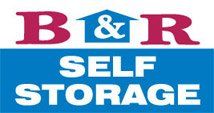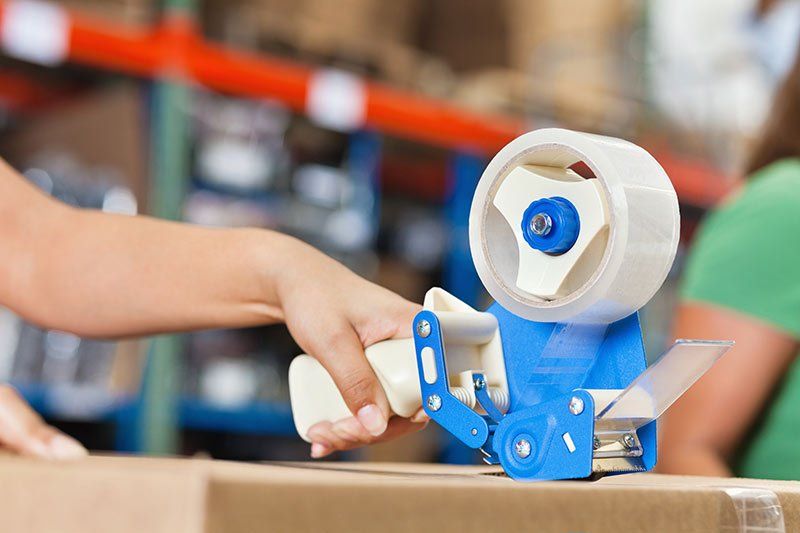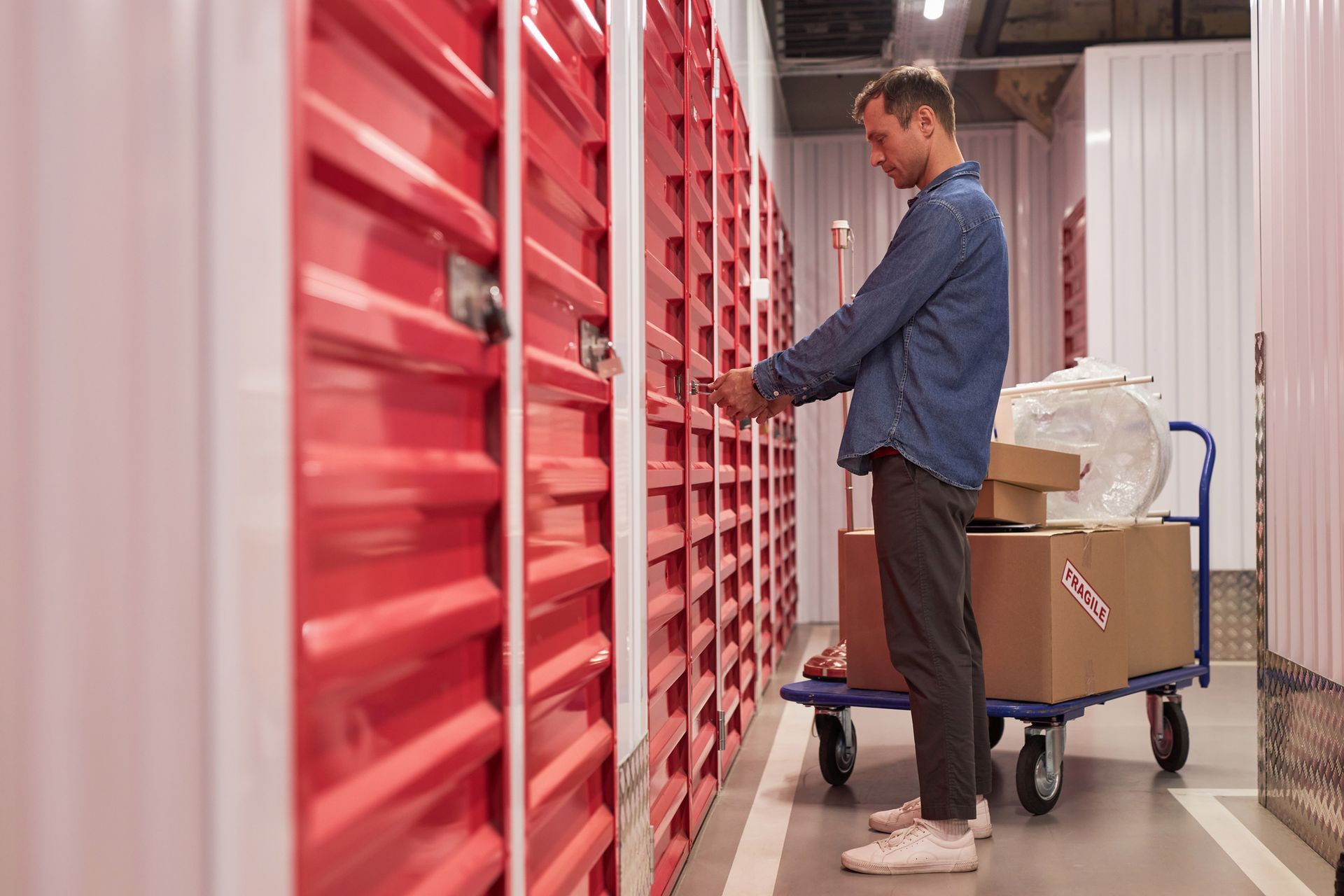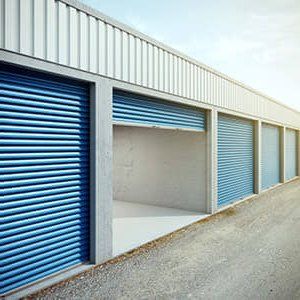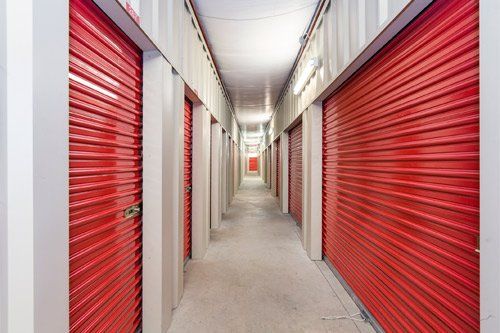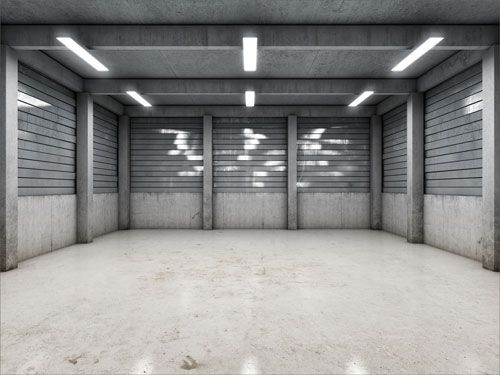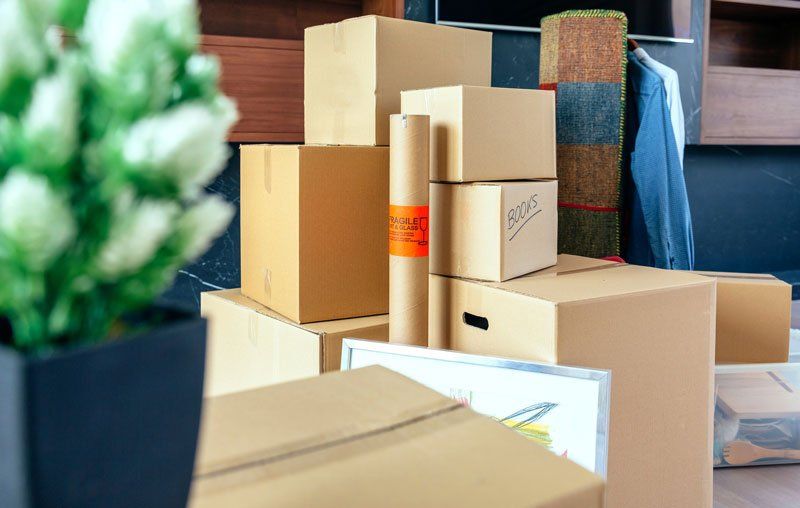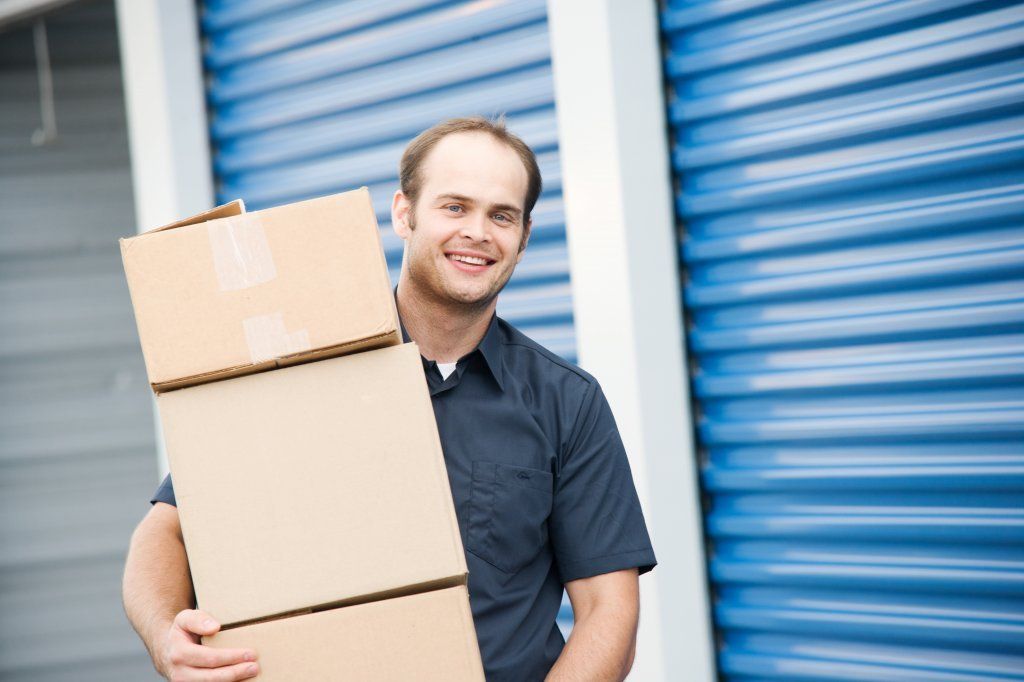Packing Tips to Prepare for Self Storage
Packing like a pro is absolutely essential when it comes to safe storage. Whether you're moving and your new place isn't ready just yet, you have way too many items to keep in your not-so-large apartment or you just need somewhere to stash your stuff, renting a storage unit makes it easy to hold onto your prized possessions.
Tossing your belongings into your storage space just won't do. Improper packing can result in damage and destruction. And who wants that? Before filling up your unit, take a look at these steps that can help you save your stuff and keep it safe while in storage.
The Right Boxes
You don't have boxes at home. But you do have tons of leaf and lawn trash bags. Wouldn't it be easy to open up the jumbo-sized bags and toss your stuff into them? All you need to do is tie them and they're ready to go, right? Maybe not. Garbage or plastic bags tear easily and don't have the ventilation needed to keep mildew from growing. Along with these issues, bags aren't easy to stack and can quickly topple over.
When it comes to buying boxes, it's tempting to get less. The thinking here is that by shoving as many things as possible into one box, you’ll save money on packing supplies. But it's more likely that the box will break when you're moving it or that the items inside will get crushed and damaged. Your filled boxes shouldn't weigh more than 50 pounds each. If the box is bulging or won't shut easily, you have too much inside. Remove a few items and repack the box.
Keep in mind, boxes aren't a one-size-fits-all type of option. There are different sizes and shapes. For example, if you're packing up delicate clothing, a hanging wardrobe box will best suit your needs.
Delicate Items
If you have dishes, glassware or other delicate items, packing them carefully can make the difference between safe storage and a bunch of broken pieces. Individually wrap breakables in bubble wrap. Newspaper may seem like an easy option, but the newsprint may end up all over your fragile items. If you would rather use paper for flat items, such as plates, buy the plain packing kind.
Along with bubble wrap, you can also buy cardboard inserts that separate boxes into compartments for glasses, mugs and cups.
Truly special objects deserve their own boxes. That antique vase or your grandmother's mirror shouldn't find themselves packed under a dozen dinner plates. Wrap these special items in bubble wrap and pad the boxes with folded blankets or towels.
Organization Ideas
Now that your boxes are packed you've got a mini fleet of them—and they all look the same. Sure, you don't need whatever is inside of them right now. But that doesn't mean you won't need to find an item or two after everything goes into storage.
Label each box with a permanent marker. Cover the label with clear packing tape to make sure that it doesn't run or fade with time. If you're extra-organized you can also create an organizational structure or code. That might mean color-coding or numbering the boxes based on what's in them.
For example, kitchen items are in red boxes, linens are blue and old toys are orange. You can take this a step further and create a spreadsheet that lists the boxes, what's in them and where they are placed in the storage unit.
Large-Item Storage
It's not always practical to use boxes for all your storage needs. Your mattress or a dining room table won't fit well into a cardboard box. Instead of leaving these items exposed, wrap them tightly in plastic sheeting, taping it to keep the packing closed.
Use blankets to pad delicate large furniture items or disassemble them and use bubble wrap. If you do disassemble your furniture, put extra nuts, bolts and other items that you remove from the piece into a zipper baggie. Attach the baggie to the box, bin or bubble-wrapped object.
Large appliances and electronics are easy to store in their original packaging. If you don't have the original packaging, choose a box that most resembles it.
Follow these steps and pack all of your belongings safely. It’s the best way to ensure that your valuables come out of storage in great condition. Do you need storage supplies or a storage unit? Contact B & R Self Storage
at 209-474-1911 for more information.
